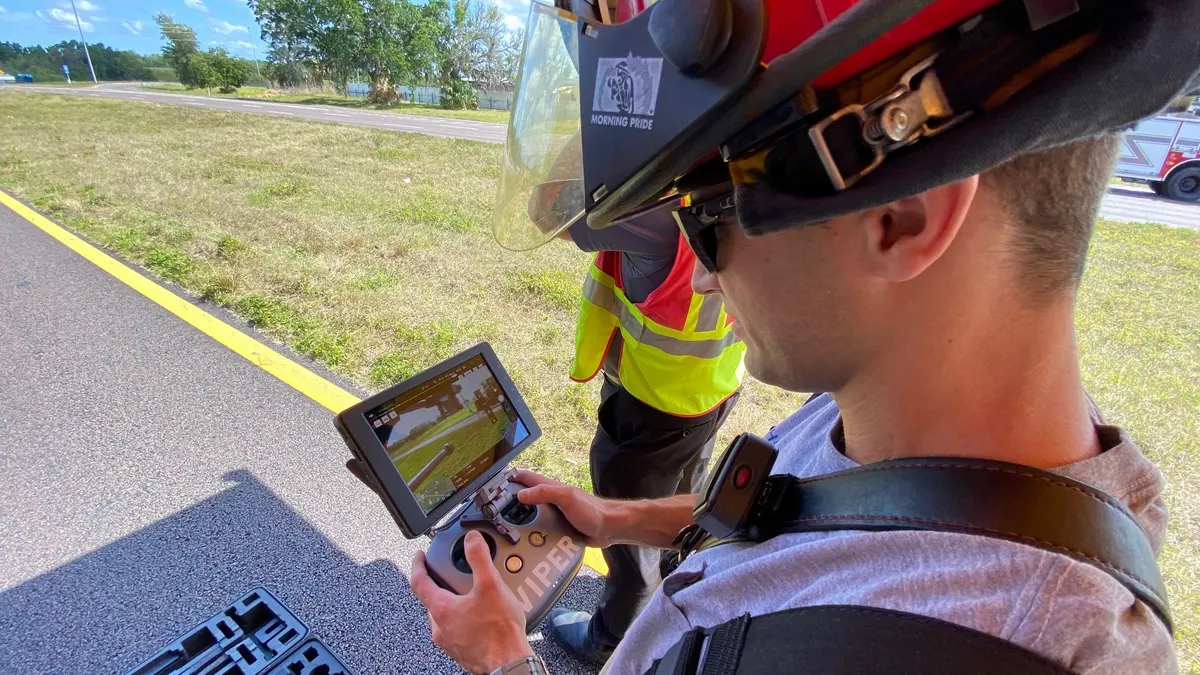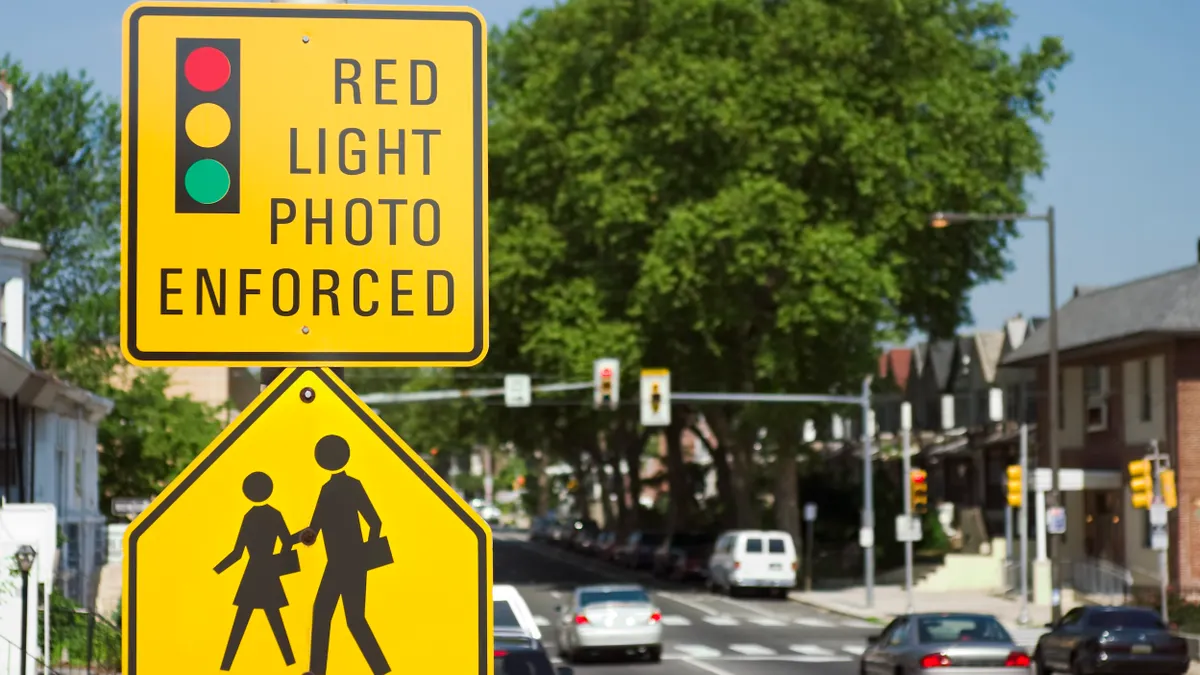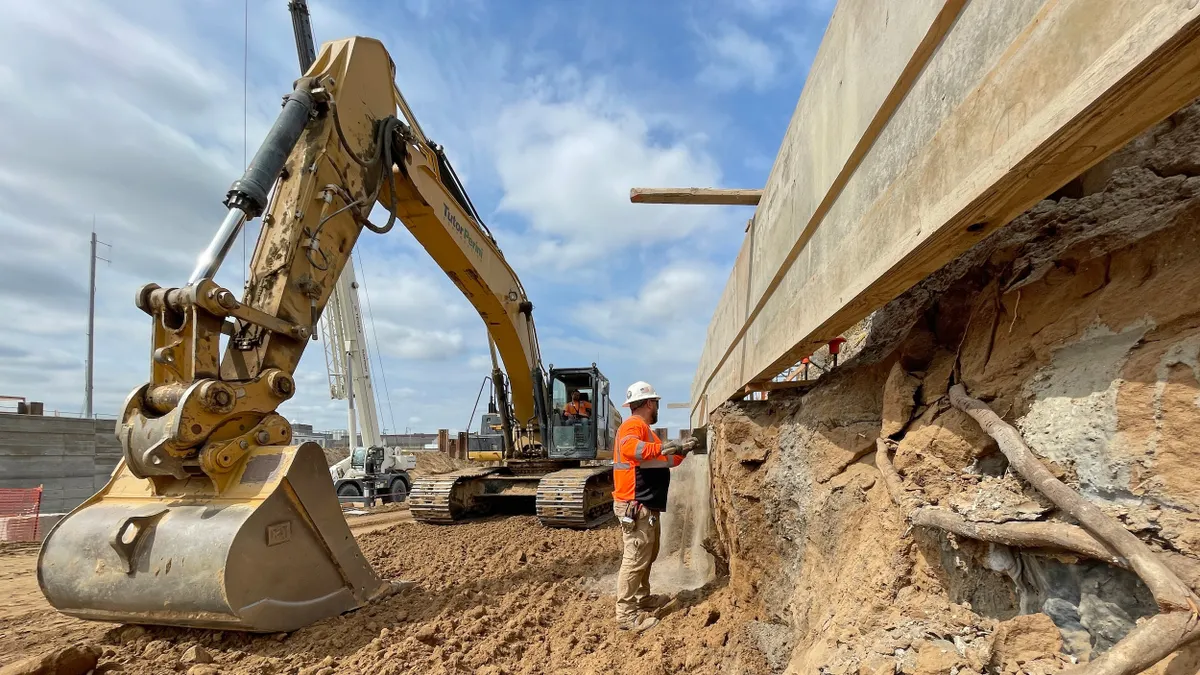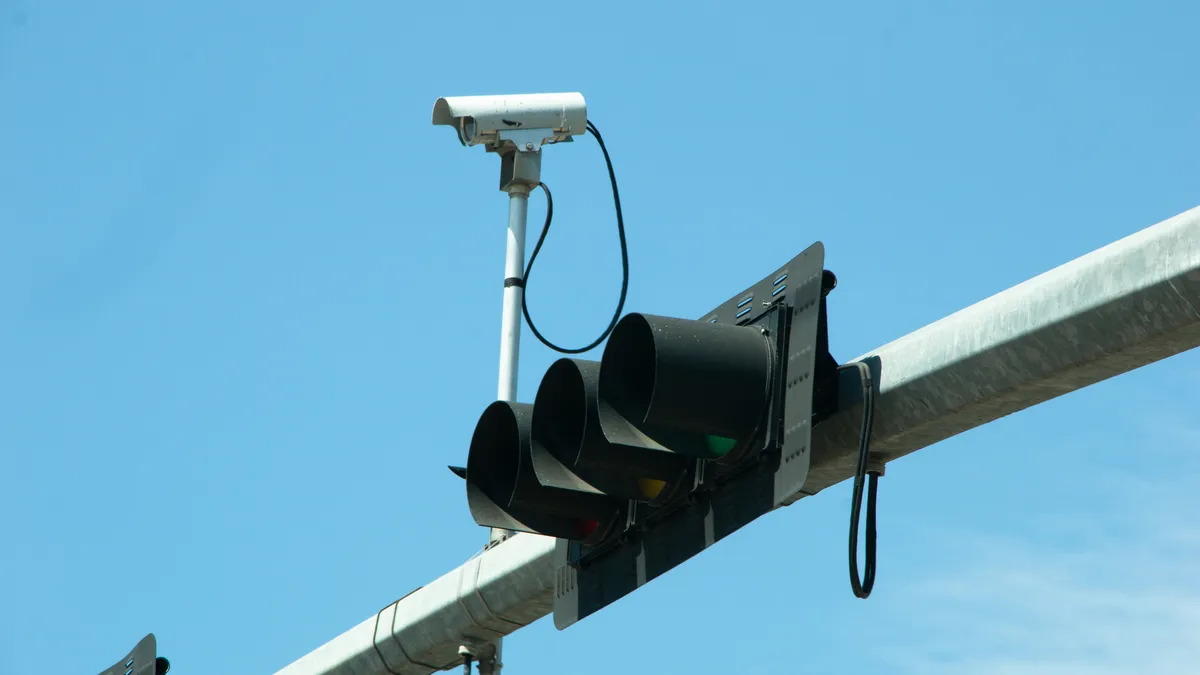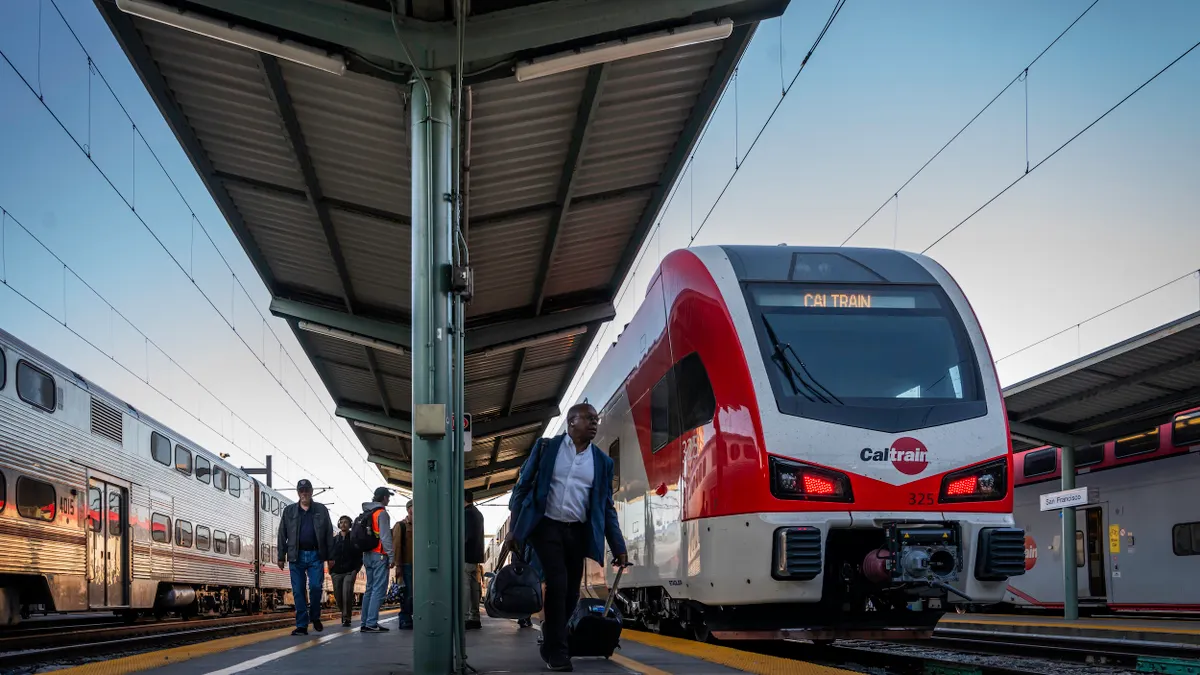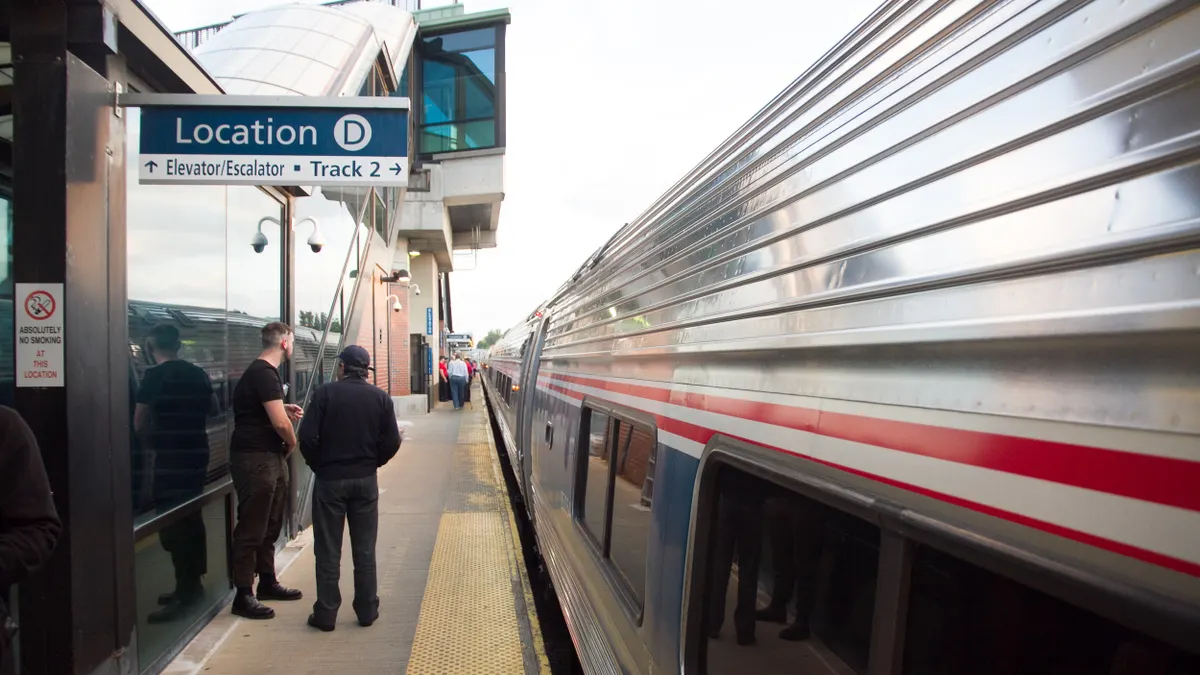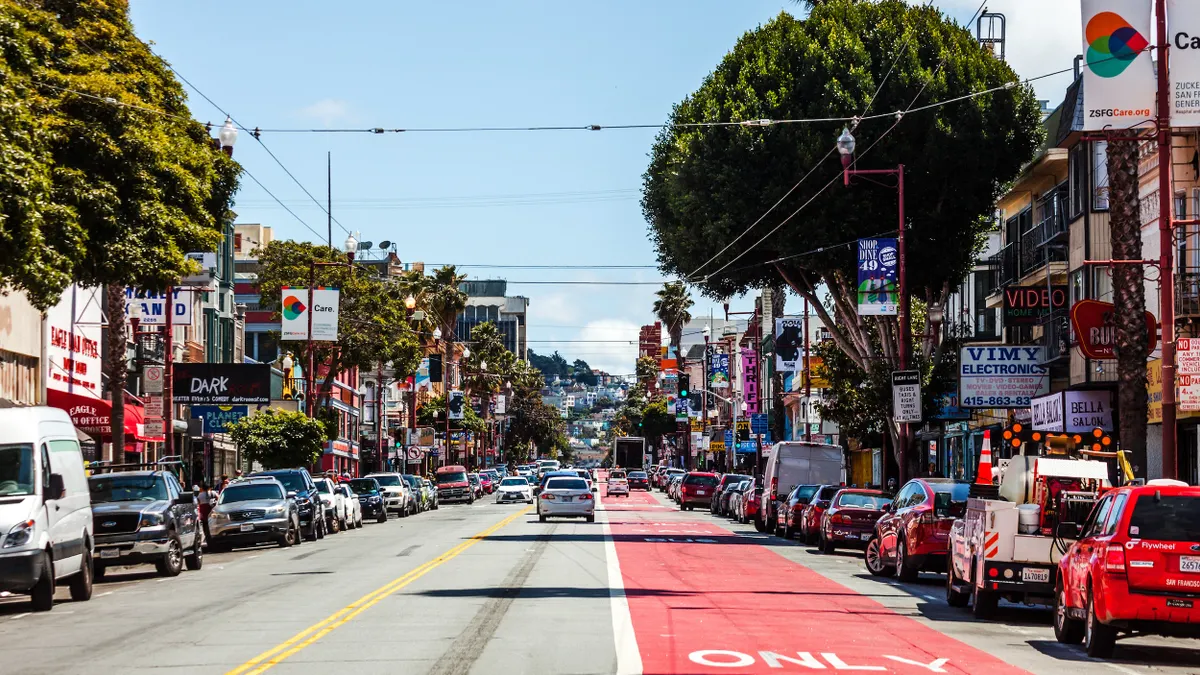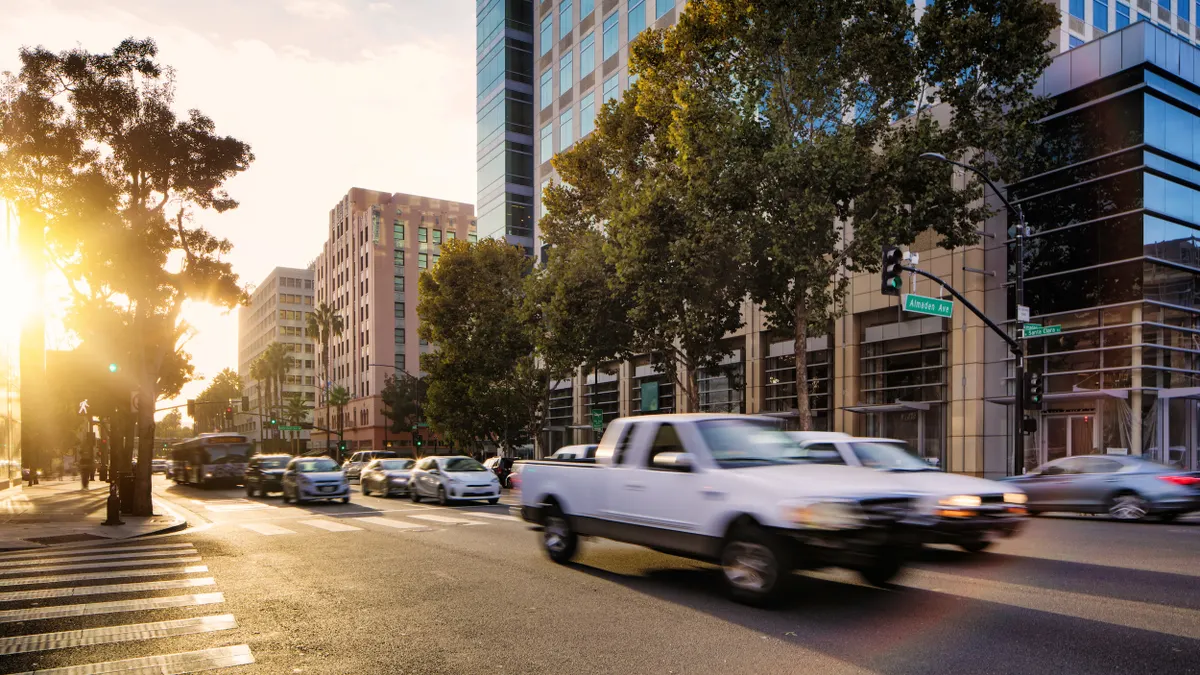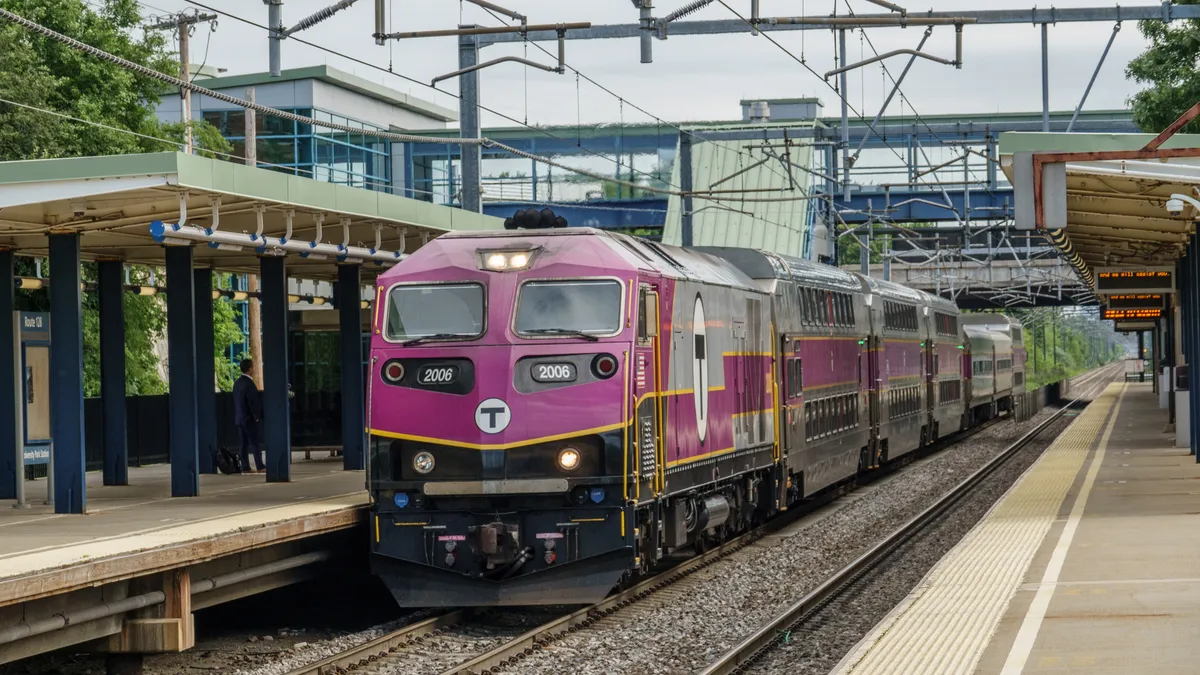Lisa Brown of Johnson Controls has a mouthful of a title: senior national director, municipal infrastructure & smart cities, North America. She also has a mouthful to say — after over a decade in the field and extensive time spent at the forefront of the smart cities movement, she could, in her words, "blather on for hours."
The smart city space is constantly evolving and developing, requiring city officials and business leaders to constantly re-educate themselves. Johnson Controls, founded in 1885, got its start producing electric thermostats. Today, the company works with clients in building management, security and other services.
Brown spoke to Smart Cities Dive, over the phone and through email, to discuss developments in the field she, and her firm, are seeing.
What smart cities domain do you find that most city leaders want to address?
The most frequent of the opportunities we heard from folks, the first thing is always addressing public safety. That's always bubbling up. Having smarter infrastructure. They want to address public safety. They want to improve mobility. They want to increase connectivity, they want to achieve resiliency. They want to enhance efficiency, though they expect that to come almost as a byproduct of all the other upgrades they're doing. And they want to be sustainable, they want to reduce carbon emissions. One of the first things I would ask, I think the low hanging fruit, would be lighting and water. And there are others, but let's just take those as an example.
OK, so let's talk about that 'low-hanging fruit.'
Street lights are continuing to grow as a smart city strategic platform. I don't have a conversation about smart cities without having a conversation that includes how they see streetlights enabling their expansion into everything.
We find that street lights are a great place to start to look into revenue general, cost avoidance, public safety, economic development, and could even include, if they don't have the funds, some public-private partnerships. Street lights are definitely emerging as the latest way for cities to create some revenue generation, through advertising, through carriers, offering public wifi.
What about water?
After speaking with many municipal leaders, I found it fascinating that many leaders did not realize the vast amount of energy consumed by managing water and its infrastructure. Johnson Controls guides customers to best understand their potential new revenue streams to be created, capture already existing streams that may not be delivering the value originally intended, the efficiencies that come with investing in water technologies, issues surrounding water security and storm water management, to name a few.
Are there other areas that cities should invest in?
They're looking to attract and retain more folks. I was just in a city that said, 'We are bleeding. We are losing our people to another city.' We realized, with so many people driving the need for smarter and more efficient services, there's a big rush coming from millennials who are really interested in moving back into urban cores. Many city leaders have been investing in where the wealth has gone, which has been in the suburbs. I had one mayor who stood up and talked about how people are moving into the 10-block area in the middle of the city. But he said, 'my police cruisers are 30 years old, my fire trucks are just as old, my busses don't go everywhere, and certainly don't reach out to the underserved community.'
"A lot more collaboration in the coming year, and a lot more people understanding that the assets that they own, like streetlights, can have multiple functions. I love it. Nothing is staying the same and it’s evolving."

Lisa Brown
Senior national director, Johnson Controls
I think that pressure of realizing that people want to move into the urban cores, the urban cores have not been invested in for some time, maybe their infrastructure, their building stock, has not been upgraded. At Johnson Control, we really need to listen to the market and understand that every product and service that we sell will enhance that quality of life. Cities are competing against other cities. Will what we're offering them offer a new revenue stream? Will it provide workforce enhancement?
During the time that you’ve been in the smart cities field, how have you seen things change?
We've seen that the technology based investments that really started the smart cities approach has really evolved into outcome-based needs. City leaders are telling us they don't want siloed technology investments, because they're not seeing ROIs and they're not able to articulate to citizens, 'hey, I spent your money, and this is what I got.' They want outcome-based solutions and they want to work with partners who say, 'if you do this, you can grow this.' They can show clear connections between their investments and what their return is.
What do you think is next for the smart cities idea?
I am seeing transportation and mobility coming at the forefront. The connectivity piece is really maturing. We're seeing a lot of systems come together. Street lights are becoming much more mature, it's more smart, connected lighting — but people are starting to look at them as smart, vertical assets. They're not even calling them lights anymore, they're saying, 'what can I hang on this pole?'
I think in the next year [it] is how to use smart connected lighting, how to help people with connectivity and mobility, but it all must be wrapped in public safety. A lot more collaboration in the coming year, and a lot more people understanding that the assets that they own, like streetlights, can have multiple functions. I love it. Nothing is staying the same and it's evolving. I love when things are fluid. It's very entrepreneurial. And innovation and creativity will be paramount. Every time I'm out speaking, I learn something new. You have to be humble. Things are changing at a very fast pace, it's super cool how cities are embracing all of this.



